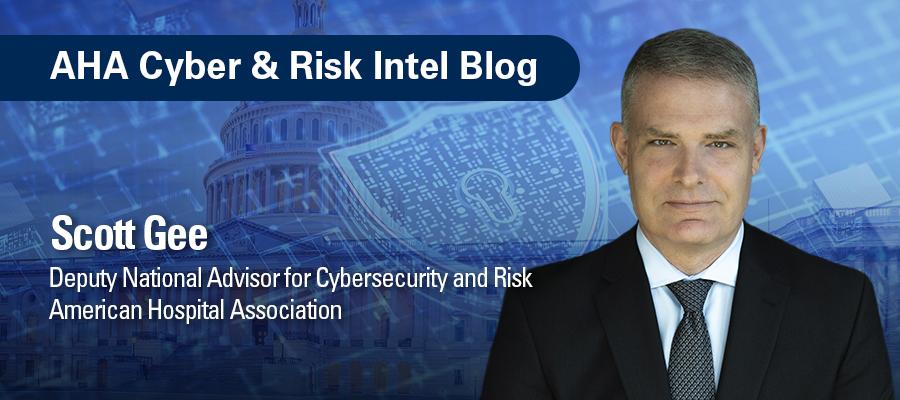AHA blog: Why and How to Incorporate Physical Security Risk into Your Enterprise Risk Management

In his latest AHA Cyber and Risk Intel blog, Scott Gee, AHA deputy national advisor for cybersecurity and risk, explains how hospitals can prepare for and mitigate risk for both cyber and physical threats to the hospital environment. He breaks down how to maintain business and physical security continuity if core systems go down for 30 days or more and shares examples of attacks on physical infrastructure — and how to avoid being on the receiving end. LEARN MORE
Related News Articles
Headline
A critical vulnerability has been identified in 7-Zip, a free software program used for archiving data, according to the National Institute of Standards and…
Headline
U.S. and international agencies Nov. 19 released a guide on mitigating potential cybercrimes from bulletproof hosting providers. A BPH provider is an internet…
Headline
A joint advisory issued yesterday by U.S. and international agencies provides updated guidance to defend against the Akira ransomware group, which…
Headline
The National Security Agency, Cybersecurity and Infrastructure Security Agency and international partners released joint guidance Oct. 30 on best practices for…
Headline
Microsoft issues security update addressing critical vulnerability impacting Windows server services
Microsoft has released a security update to address a critical remote code execution vulnerability impacting multiple versions of Windows Server Update…
Headline
In part two of a recent blog, AHA National Advisor for Cybersecurity and Risk John Riggi and AHA Deputy National Advisor for Cybersecurity and Risk Scott Gee…

